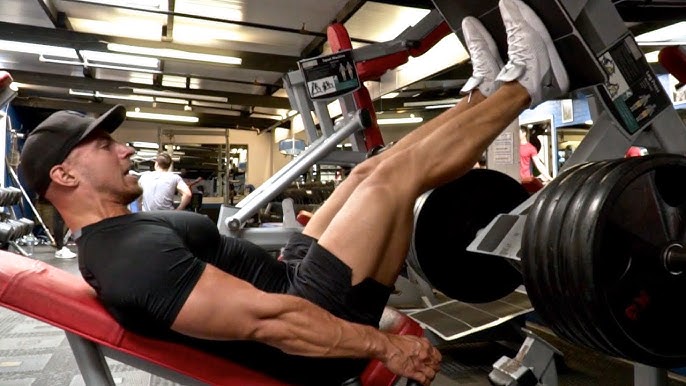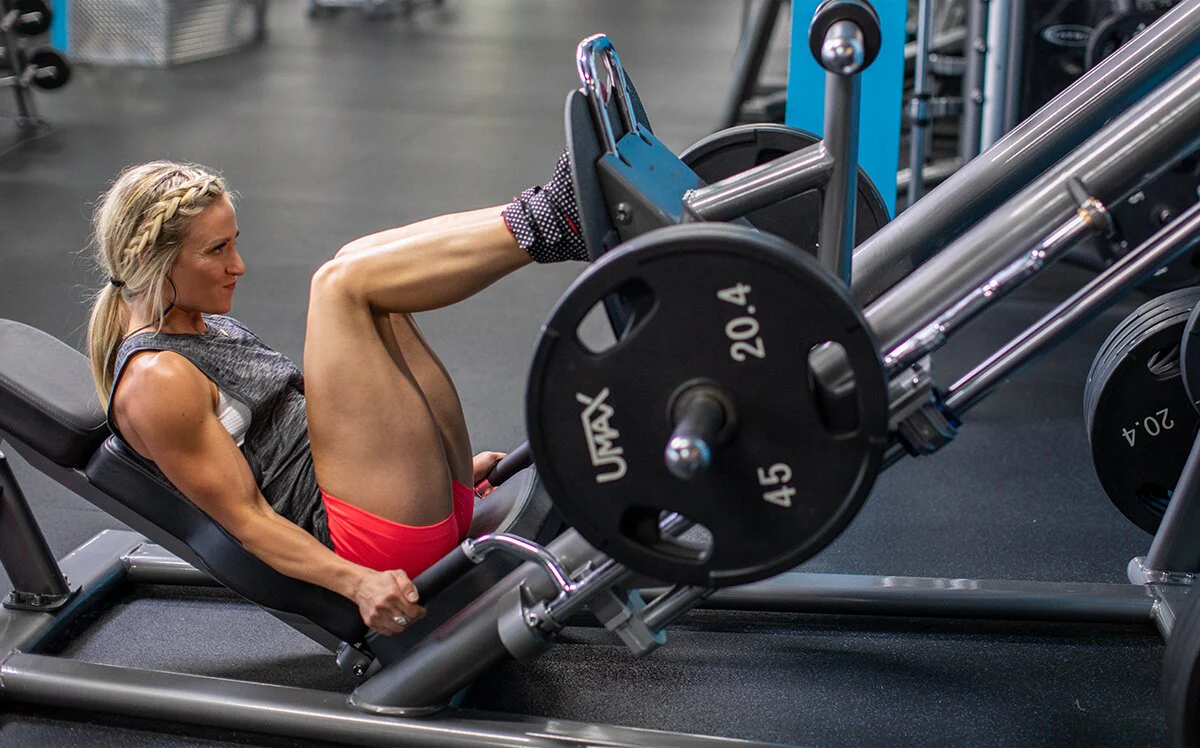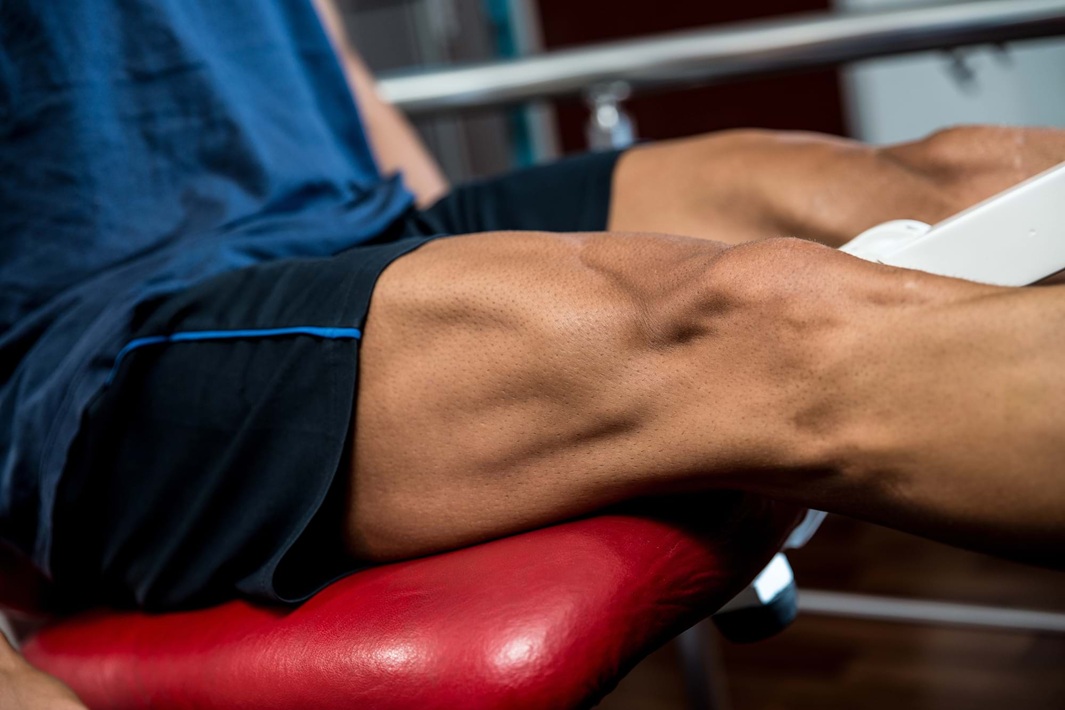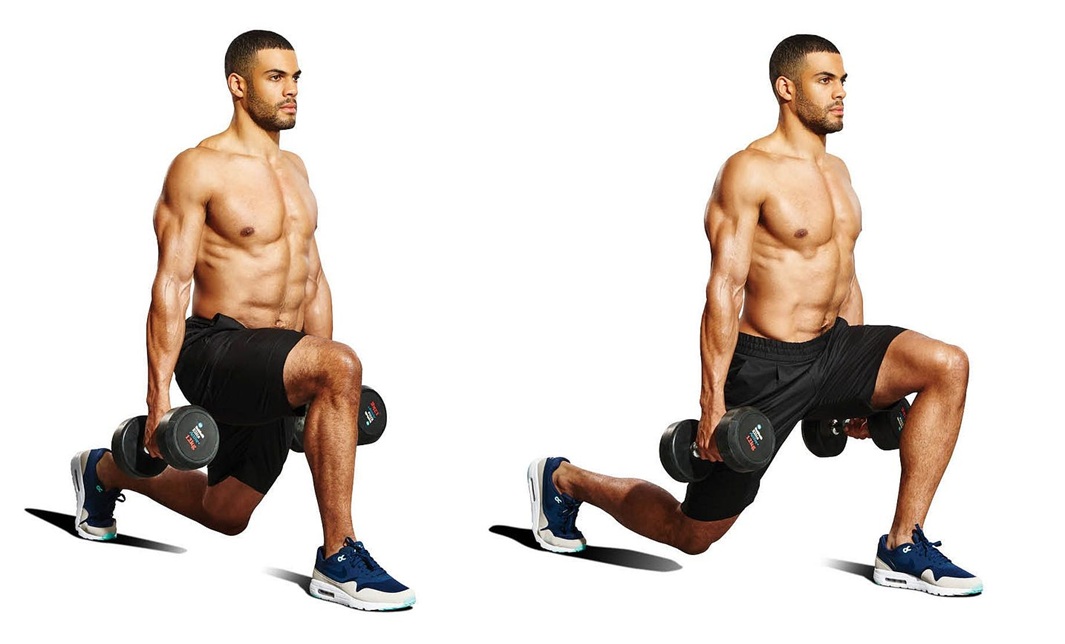Squats vs Leg Press for Quad Growth: Which One Builds More Mass?
If your goal is bigger, more defined quads, you’ve likely asked yourself: Should I focus on squats or leg press? Both are staples in leg day programming.
Both build serious size when done right. But when it comes to quad-specific hypertrophy, the best choice isn’t as simple as picking one or the other.
As a bodybuilder, you’re not just training to move weight — you’re training for targeted muscular development.
That means your exercise selection should reflect your structure, your goals, and most importantly, your ability to apply mechanical tension where it matters.
In this guide, we’ll dive into the biomechanics, advantages, drawbacks, and programming strategies for squats and leg presses — with a clear eye on building maximum quad size.
The Biomechanics: How Each Lift Works
Before deciding which is better for your goals, you need to understand how each movement distributes tension across the body.
🔹 Squats (Back and Front Variations)
- Free-weight, compound, closed-chain movement
- Requires stabilization across the entire kinetic chain — core, hips, knees, and ankles
- Involves quads, but also heavily recruits glutes, hamstrings, spinal erectors, and stabilizers
- Demands mobility, coordination, and technical proficiency
Squats are a full-body strength builder — but that complexity can pull focus away from the quads if your form or proportions aren’t dialed in.
🔹 Leg Press
- Machine-guided movement, fixed path, and external stabilization
- Reduces need for core bracing or balance
- Allows deeper knee flexion and more controlled quad targeting, especially with feet low and narrow on the sled
- Less technical; easier to load heavily and fatigue the quads directly
The leg press isolates the quads more effectively when done right — and removes many of the compensatory patterns that show up in squats.
Squats vs Leg Press: Pros and Cons for Quad Hypertrophy
| Lift | Pros | Cons |
| Squats | – Full-body strength and coordination- Athletic carryover- Great for overload and progressive resistance | – High spinal and CNS load- Technique-dependent- Often glute- or hip-dominant |
| Leg Press | – Quad isolation with high volume- Low back-friendly- Easier to push to failure | – Less functional or “real world” carryover- Easy to cheat with ego lifting- Machine variation matters |
Verdict?
- If you want pure quad tension, the leg press wins on isolation and volume.
- For overall lower-body strength and coordination, squats are hard to beat — if you can perform them well.
Which One Builds Bigger Quads?
The truth is — both build muscle, but their effectiveness depends on your goals, training level, and execution.
✅ For Beginners or Bodybuilders Focused on Hypertrophy:
- Leg Press wins. It allows you to control every rep, load up tension directly onto the quads, and train closer to failure without worrying about technique breakdown or spinal fatigue.
- Especially effective for high-volume hypertrophy training, pre-exhaust supersets, or working around lower back issues.
✅ For Strength Athletes or Power-Based Programs:
- Squats win here. They train the entire posterior chain, reinforce kinetic sequencing, and develop raw strength that translates to sports and other lifts.
✅ For Most Lifters:
- Use both.
- Squats should be your structural builder — great for developing thick legs and posterior strength.
- Leg Press is your high-volume finisher — perfect for carving detail into your quads, especially the vastus lateralis and VMO.
Programming Both: Best of Both Worlds
The smartest approach? Program both movements with purpose. Use squats to build the base, and leg press to refine and isolate. Here are two templates depending on your emphasis:
Option A – Squat Priority (Strength First)
- Back Squat – 4 sets of 6
- Leg Press (feet low + close) – 4 sets of 12–15
- Bulgarian Split Squat – 3 sets of 10 per leg
- Leg Extension – 2 sets of 20 (slow and controlled)
Option B – Leg Press Priority (Hypertrophy First)
- Leg Press – 4 sets of 10–12
- Hack Squat or Pendulum Squat – 3 sets of 8
- Front Squat (moderate weight) – 3 sets of 8
- Sissy Squat – 2 sets of 15–20
🔑 Pro Tip: Start your session with the lift that’s most mentally or physically taxing for you. If squats drain your CNS, lead with them. If you need better quad activation, begin with a machine.
Optimizing Each Lift for Quad Growth
🏋️ Squat Tips for Quad Bias
To make squats more quad-focused:
- Use high-bar or front squat variations for upright torso position
- Elevate your heels (plates or wedges) to improve knee tracking
- Use a narrower stance and push knees forward
- Control the eccentric phase and pause at the bottom
Avoid wide-stance, low-bar squats if your goal is quad hypertrophy — those are better for glute/hip-dominant strength.
Leg Press Tips for Maximum Quad Activation
Form tweaks that shift tension toward the quads:
- Feet low and shoulder-width or closer on the sled
- Push through mid-foot or heel, avoid toe dominance
- Don’t fully lock out at the top — keep continuous tension
- Use a slow eccentric and pause briefly at the bottom of each rep
- Keep your lower back glued to the pad — no butt-winking
Treat the leg press like a precision tool. The more intentional your setup and tempo, the more quad growth you’ll trigger.
Anatomy Insight: Why Foot Position and Load Angle Matter
The quads (especially the vastus lateralis and VMO) respond best when:
- The knee is traveling forward, not just the hip moving back
- The range of motion is deep, with the quad fully lengthened
- There is a strong contraction at lockout, under control
Squats often lose quad tension near the top of the rep, especially if you grind up using hips. Leg presses — with proper form — maintain tension throughout the full ROM and allow higher reps and intensities without CNS burnout.
Common Mistakes That Kill Quad Gains
Avoid these if your goal is size:
- Using too much weight on leg press and bouncing reps or cutting depth
- Low-bar squatting with a wide stance and wondering why your glutes are growing but quads aren’t
- Locking out hard at the top of leg press — tension disappears
- Neglecting leg extensions or isolations that help with mind-muscle connection
The key isn’t just lifting heavy — it’s lifting with control and purpose.
Final Word: Use the Right Tool for the Right Job
Squats and leg press are not enemies. They’re tools. And like any tool, their value comes down to how and why you use them.
If you want to:
- Build raw lower-body strength, improve functional mechanics, and engage full-body coordination — prioritize squats.
- Target quad hypertrophy, apply volume, and reduce systemic fatigue — prioritize leg press.
The Best Strategy?
Do both, and do them well.
Use squats early in your programming to build foundational size and strength. Then crush your quads with leg press and isolation work to finish the job with volume, tension, and detail.
Because at the end of the day, if your legs don’t scream when you leave the gym — you’re not training them right.
🔗 Related Articles:
- How to Build Bigger Quads
- Best Quad Exercises for Mass
- Quad Sweep Guide
- Fixing Weak Quads
- Leg Workouts for Mass and Strength





